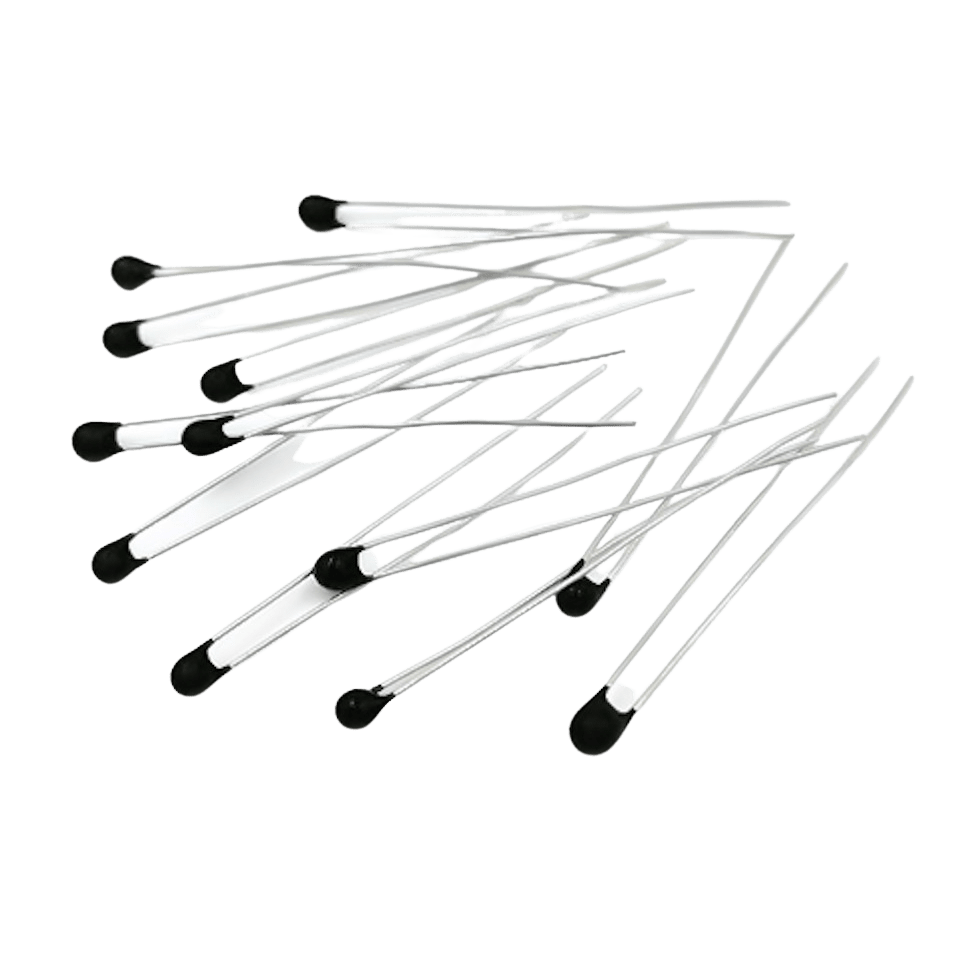
Temperature sensors
Which temperature sensor should you choose?
If you know why you need a temperature probe, the next step is to determine what type of sensor you should use in your probe. There are many technologies, the most common are summarized below.
Our sensors temperature
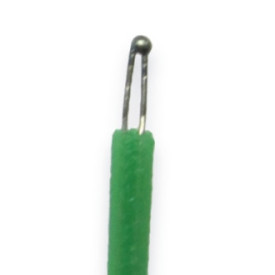
Thermocouple temperature sensor
8 products
Thermocouple sensors are used in the composition of temperature probes used in many professional sectors. It is a technology that is easy to use, economical and offers a short response time to thermal variations. The different types of thermocouples cover more or less extensive temperature ranges with varying accuracy. The choice of their junction and their cold junction compensation system makes them usable in different environments. To identify the most suitable thermocouple for your field of application and your budget, it is essential to understand how it works and to distinguish between its types.
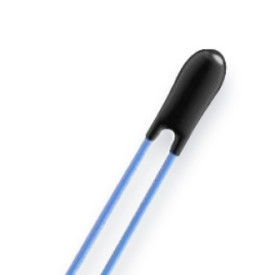
Thermistor temperature sensor
2 types
A thermistor is a thermometer whose resistance depends on temperature. The term is a combination of "thermal" and "resistance". It is composed of metal oxides, pressed to form a bead, disc or cylindrical shape, then encapsulated in an impermeable material such as epoxy or glass.
NTC stands for "negative temperature coefficient", called CTN in French "negative temperature coefficient". NTC thermistors are resistors with a negative temperature coefficient, which means that resistance decreases as temperature increases.
33 products
The PTC (positive temperature coeficient) thermistor is a thermally sensitive semiconductor resistor, the resistance increases with increasing temperature.
5 products
1 products
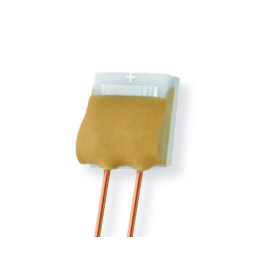
Resistance temperature sensor
2 types
Resistance sensors (RTDs), are designed using a thin wire screen-printed on a rectangular ceramic plate or wrapped around a ceramic or glass core. Wire is a pure material, usually platinum, nickel or copper. The material has a precise resistance/temperature relationship which is used to provide an indication of temperature. Since RTD elements are fragile, they are often housed in a plastic or metal object to form a temperature probe.
Pt100 temperature sensors are the most common type of resistance sensors. The term "Pt" refers to the fact that the sensor is made of platinum. 100 means that at 0°C the sensor has a resistance of 100 Ohm.
19 products
Pt1000 temperature sensors are common resistance sensors. The term "Pt" refers to the fact that the sensor is made of platinum. 1000 means that at 0°C the sensor has a resistance of 1000 Ohm.
18 products
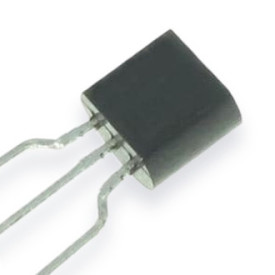
Digital temperature sensor
12 products
Using a digital probe has many advantages. To begin with, it requires only one data line for communication. It also has the option of being powered by an external power supply or using the data line for a connection. Digital probes also allow multiple sensors to be connected to the same data cable, and you can log temperatures from each of them using a single pin. This type of technology is best used for HVAC environmental controls as well as monitoring systems inside large buildings, heavy machinery, and other control systems.

where can you get a temperature sensor?
Whatever type of probe you are looking for (thermocouple, thermistor, CTN, Pt100…), you will find it at Guilcor.
We offer price and time guarantees to our customers. Our probes are stocked and shipped from Europe. Contact our sales representatives for an offer.